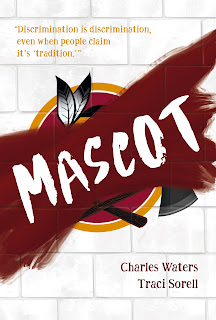
It's Poetry Friday! Thanks, Rose Cappelli HERE at her blog, ImagineThePossibilities, for hosting. She's written a wonderful reverso where she considers the love, or not, of fall! Be sure you check it out!
Irene's newest book, The Museum on the Moon (Hooray!), with Myriam Wares illustrating is one I've been waiting for what seems like the lo-o-ongest time! And it is finally in my hands! Many reviewed it last week and their words were great to read bit by bit, but made me want the book even more. I am old enough to remember President John F. Kennedy's words in his speech challenging Americans in space exploration on September 12, 1962: "We choose to go to the moon in this decade and do the other things, not because it is easy, but because it is hard." We did! The Museum on the Moon creates an enticing beginning, starting with parts of the historical Apollo program. Irene welcomes us readers ('Earthlings!' all) to imagine a trip to a museum, this time to the moon! After her invitation, she writes of that first trip, only seven years after Kennedy's words, and Armstrong's footprints,
"with no wind, no rain,
there's no way to erase"
"forever in space"
Irene's poems take us on through history, poems in rhyme, poems in free verse, but accompanied by brief paragraphs of explanation of those "next steps" in our moon history and full-page illustrations by Myriam Wares. They include a Golden Shovel, an acrostic, and a ghazal, among other forms. Myriam's mostly black and white paintings, splashed sometimes with stars, often the museum artifact adding color to a bleak landscape give the feelings that do not surprise, showing the vastness of the moonscape. Examples of poems include the flags placed by those who were there, a picture of a family of one astronaut who stepped on the moon, a plaque commemorating one mission, and "two round bits of metal" in honor of two Soviet Cosmonauts who perished.
A poem titled "Old Glory" commemorating the American flags there ends with the following solemn, heartfelt words:
"Now, time-tattered,
sun-battered
some fibers may be lost –
but pride soars."
More information can be found at the back, adding to the inspiration found in this poetic visit. There is a timeline with additional notes, some links to explore, and a few explanations of poetry forms that were used.
I imagine that some young readers will read a poem and say to themselves, "I want to know more about that." There is a poem titled "Gravity", a new activity I didn't know about on the Apollo 15 mission where the Commander tested Galileo's theory of gravity by dropping a feather and a hammer. After the beginning, Irene's words are:
"and now we know it's true
because it was on TV for all to see:
against that starry backdrop, the poems' words themselves also drop. It's marvelous to "see".
















